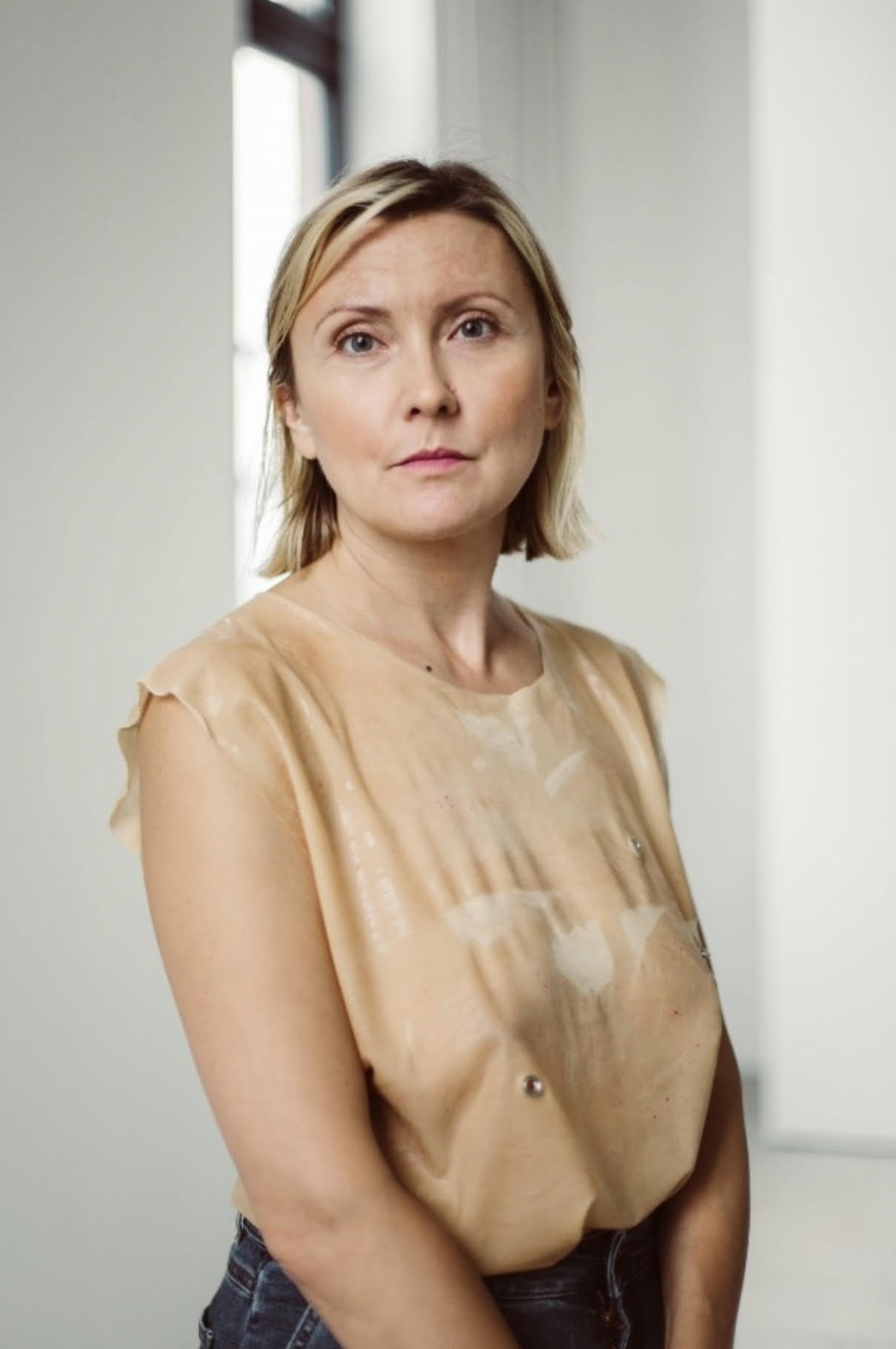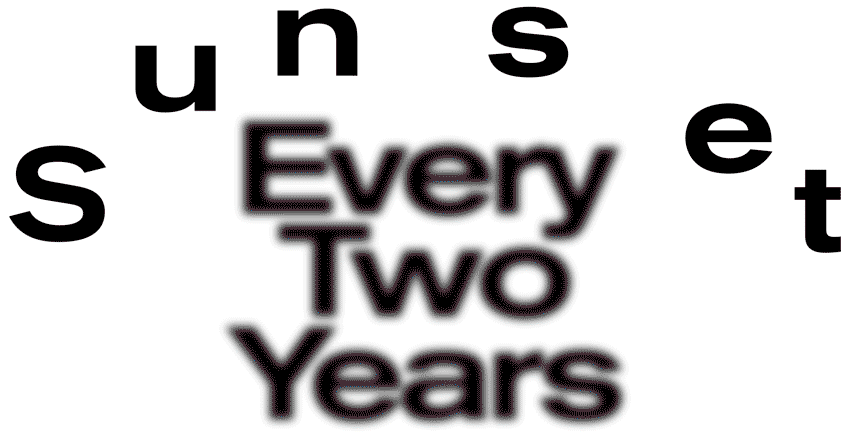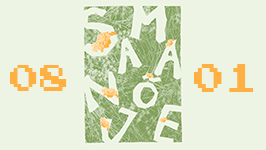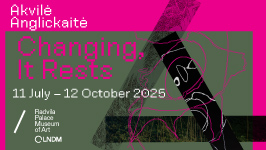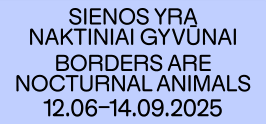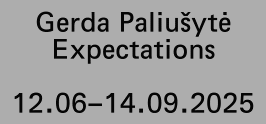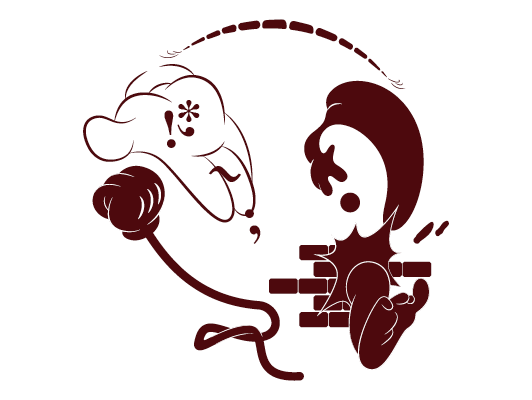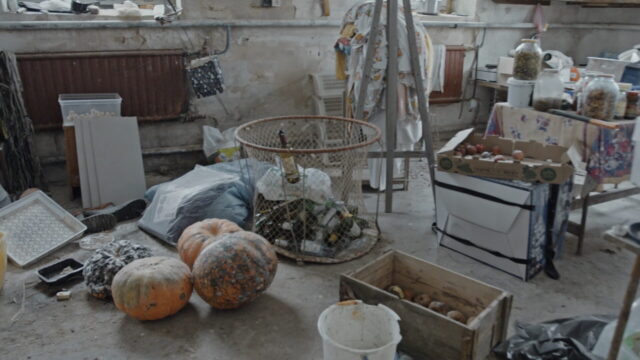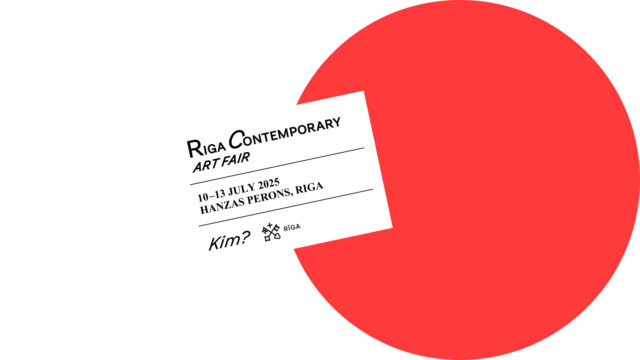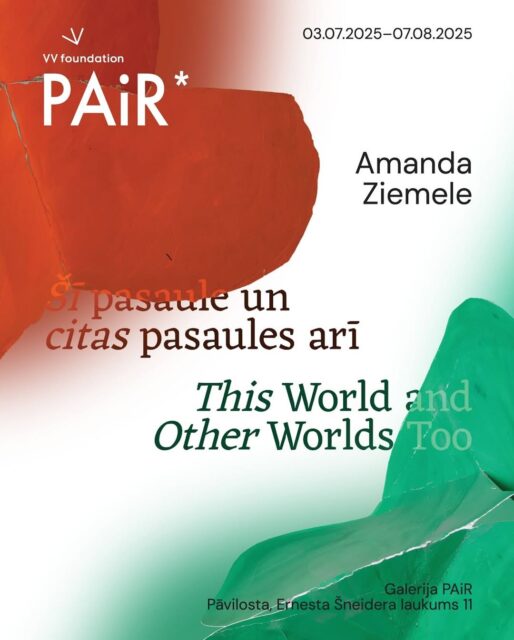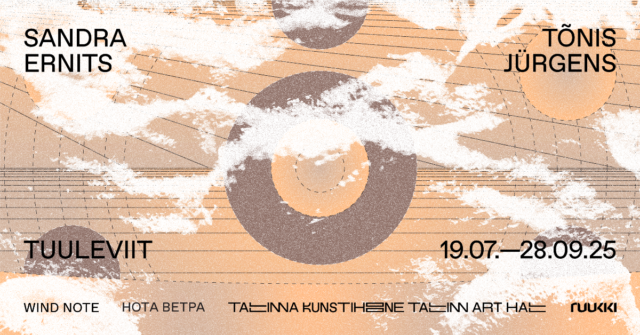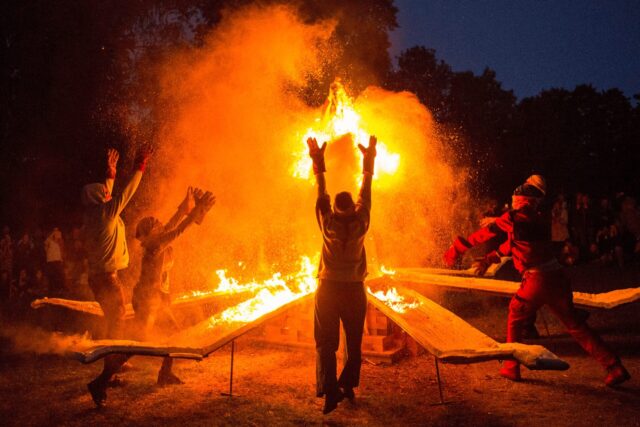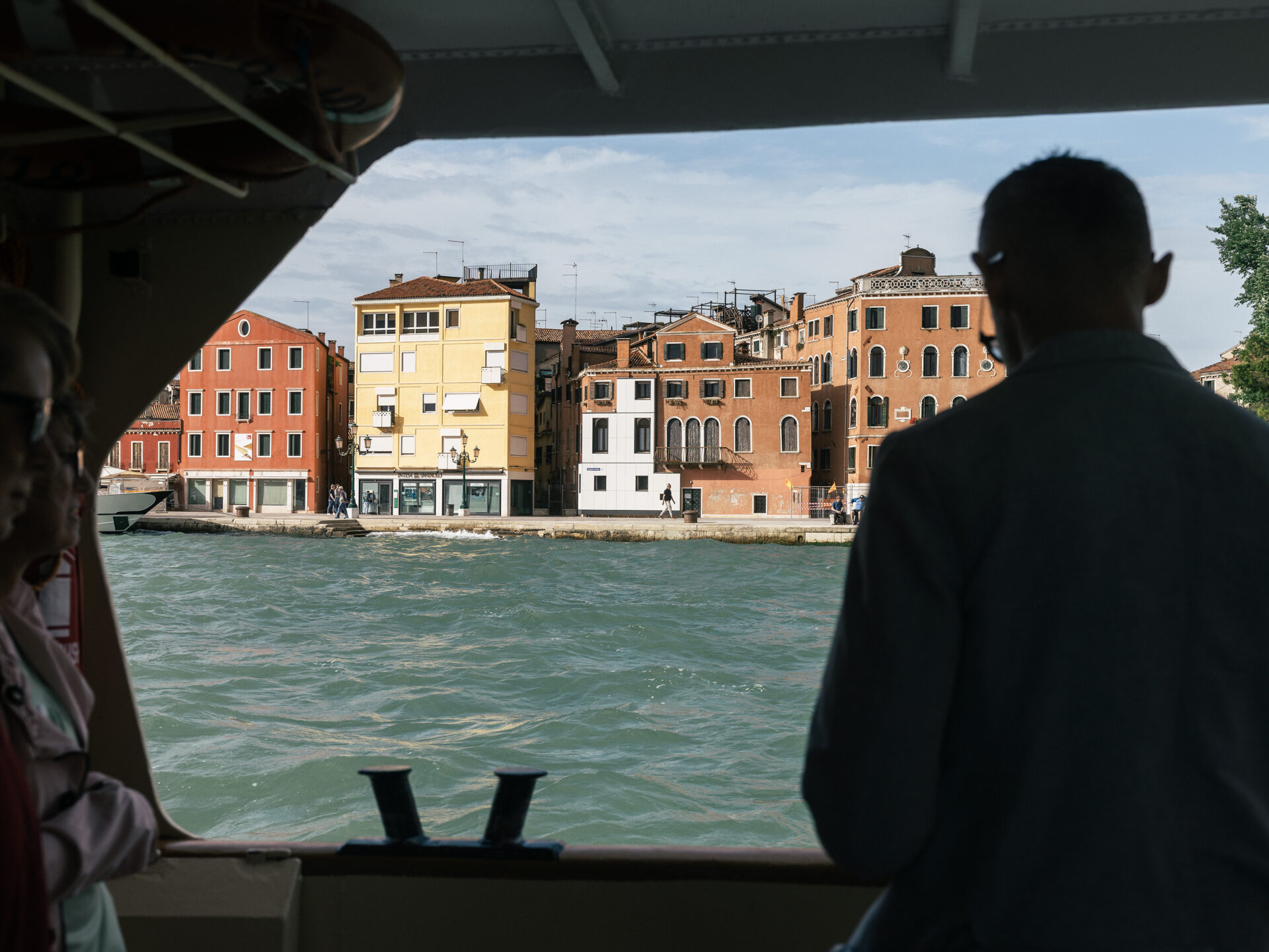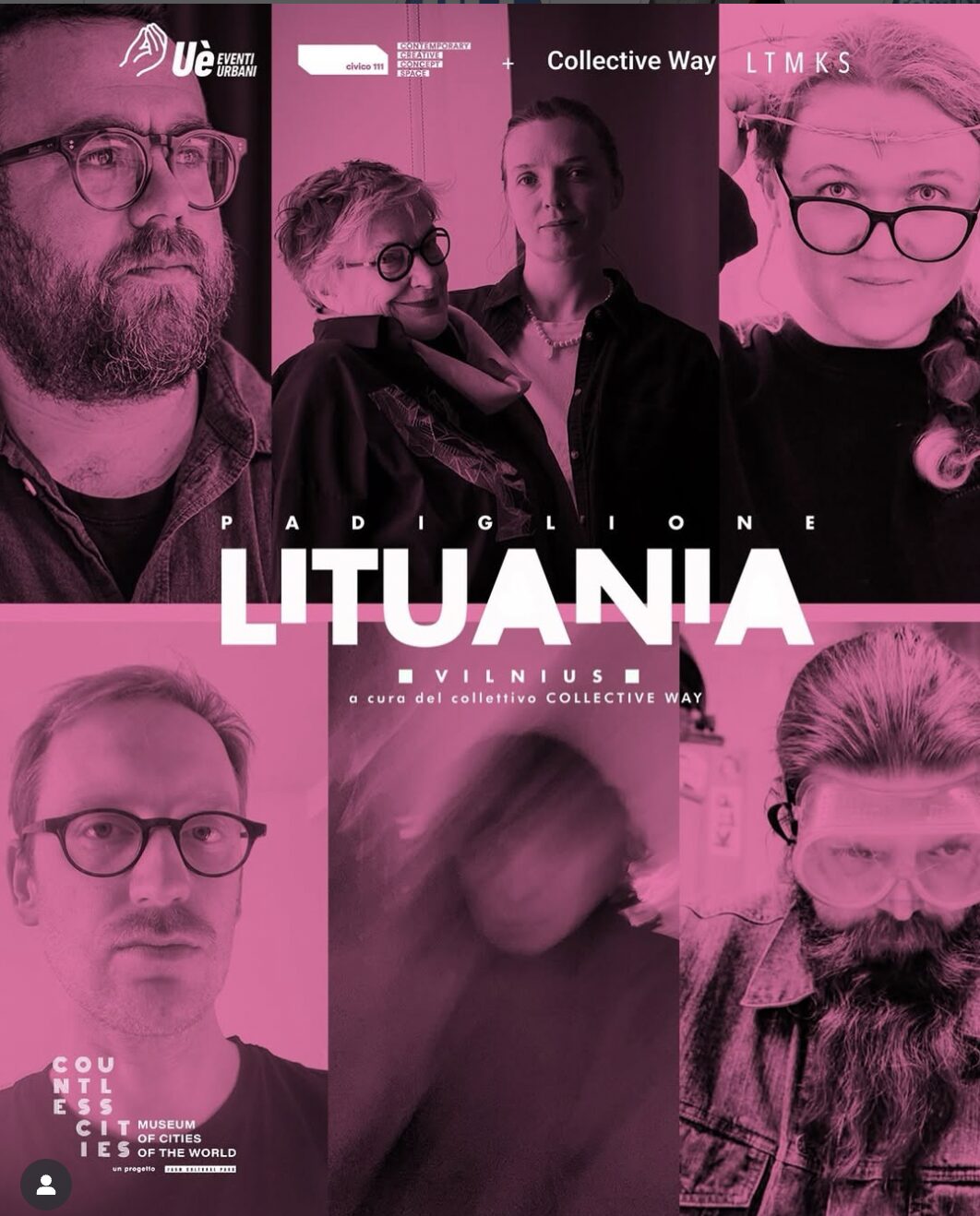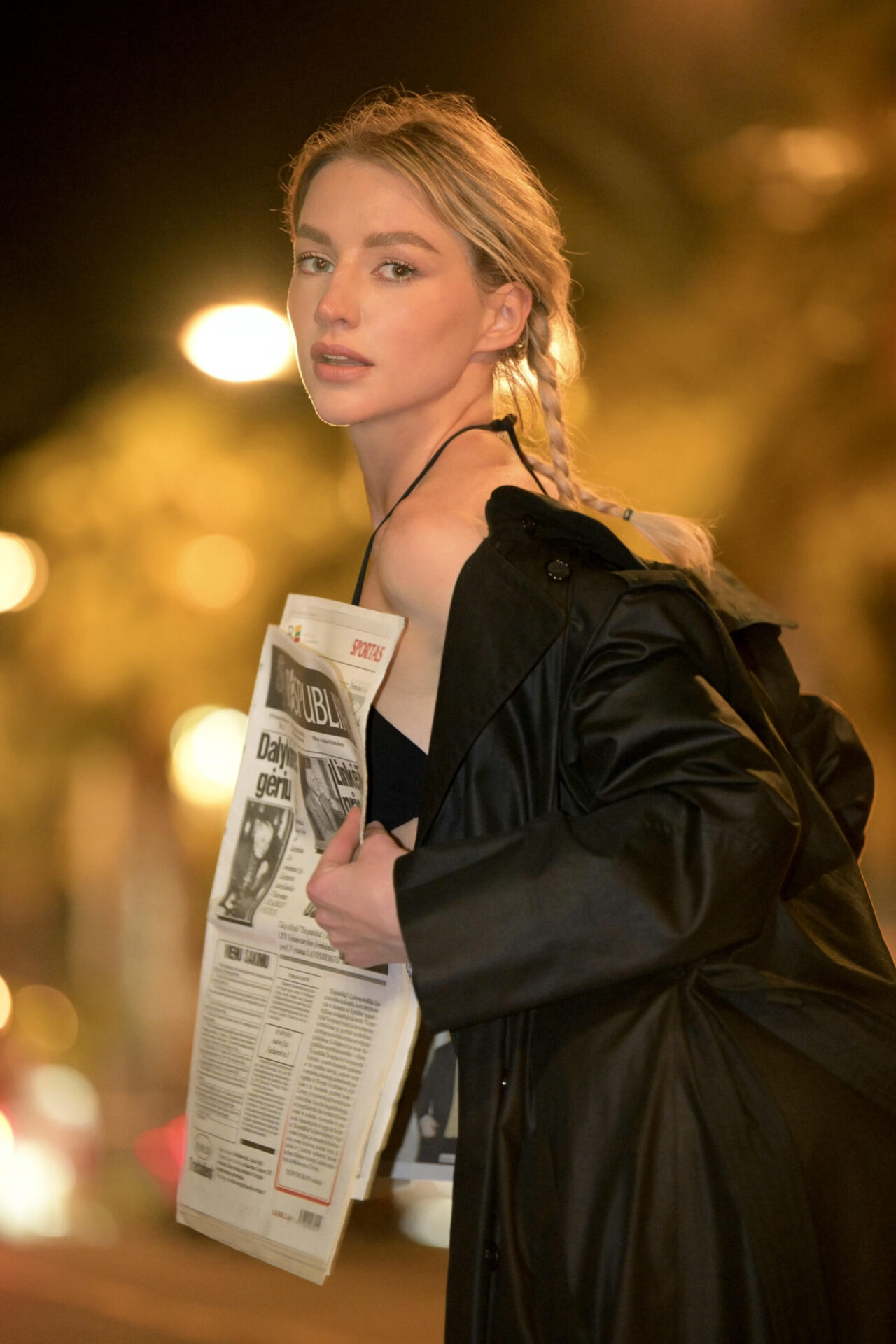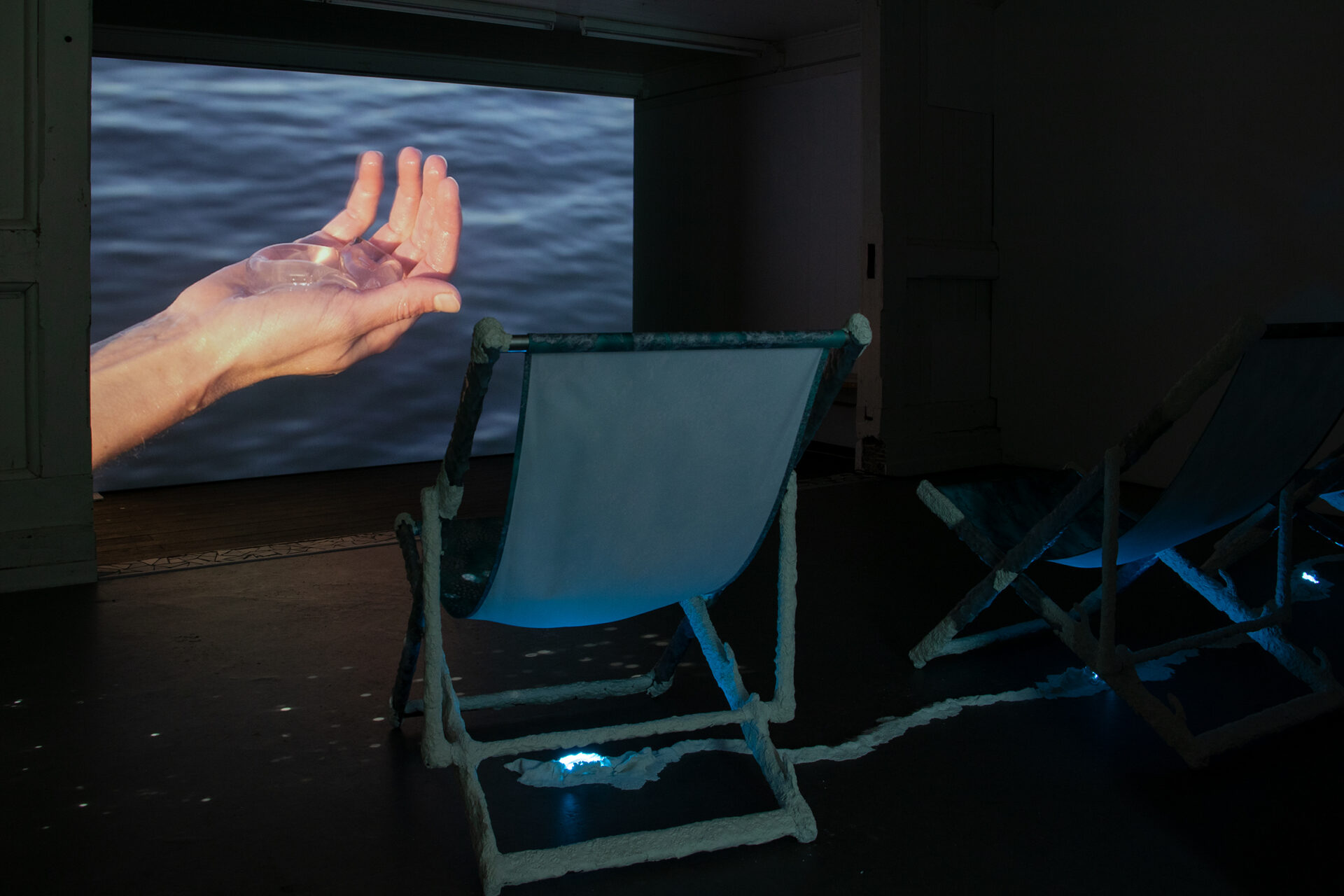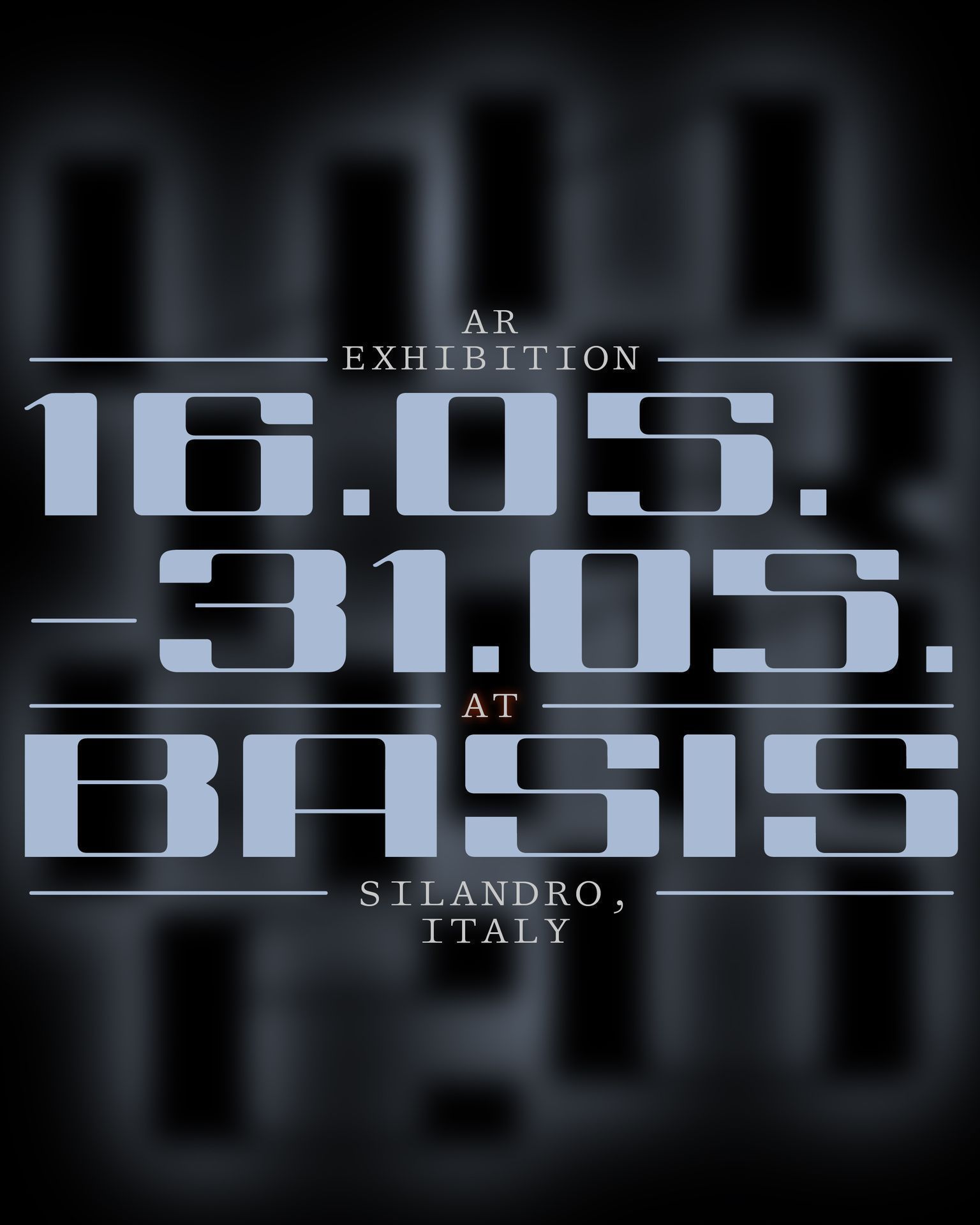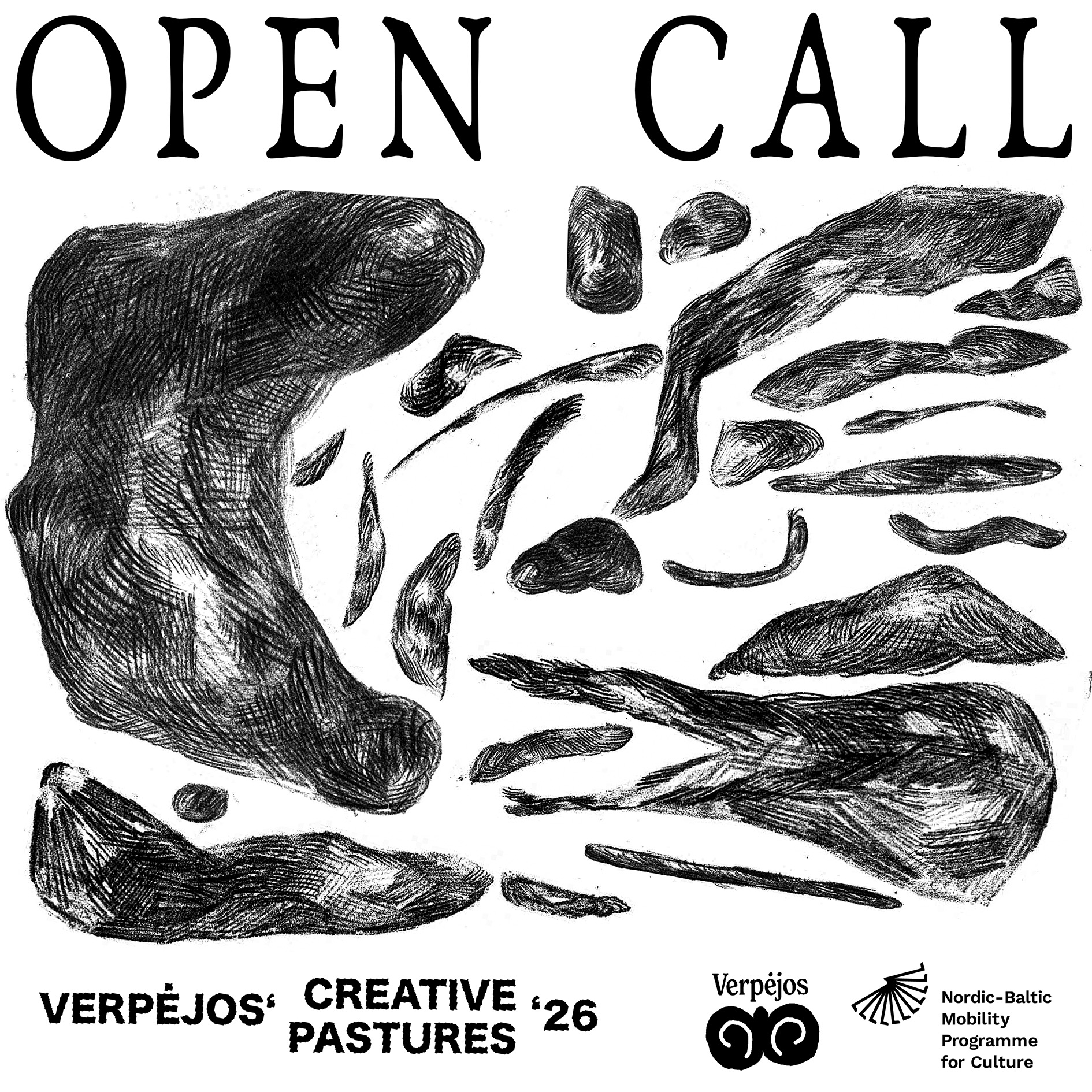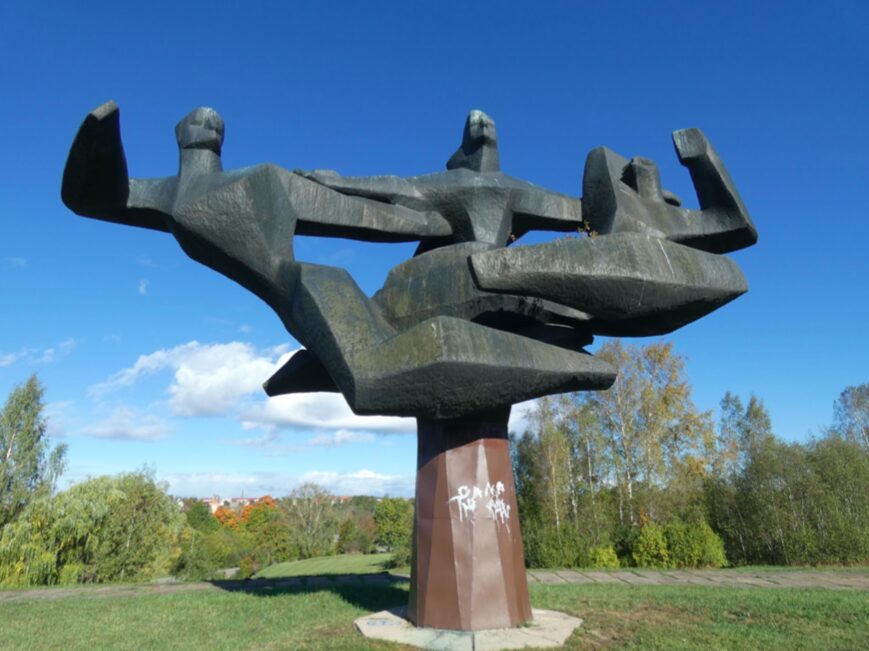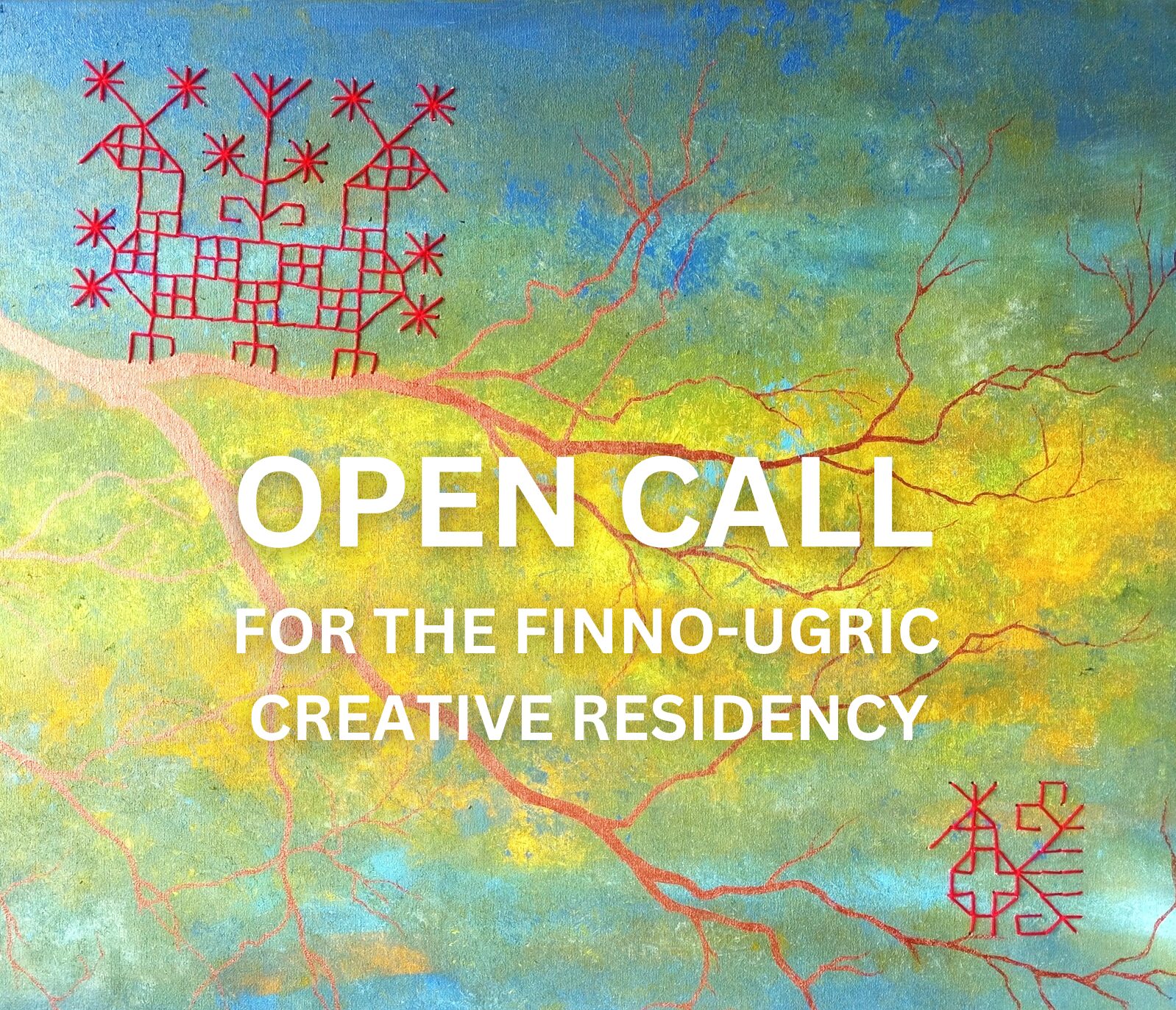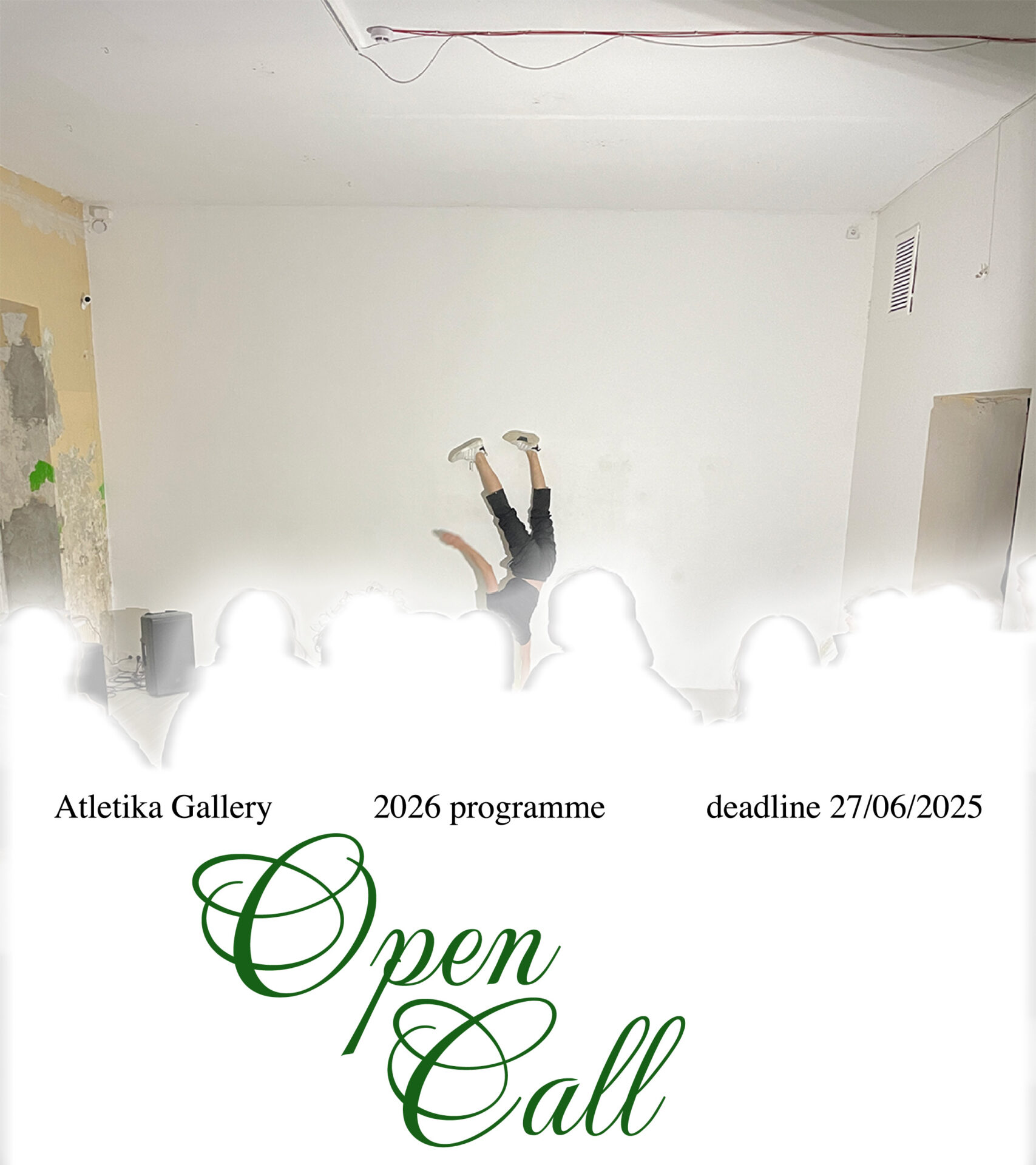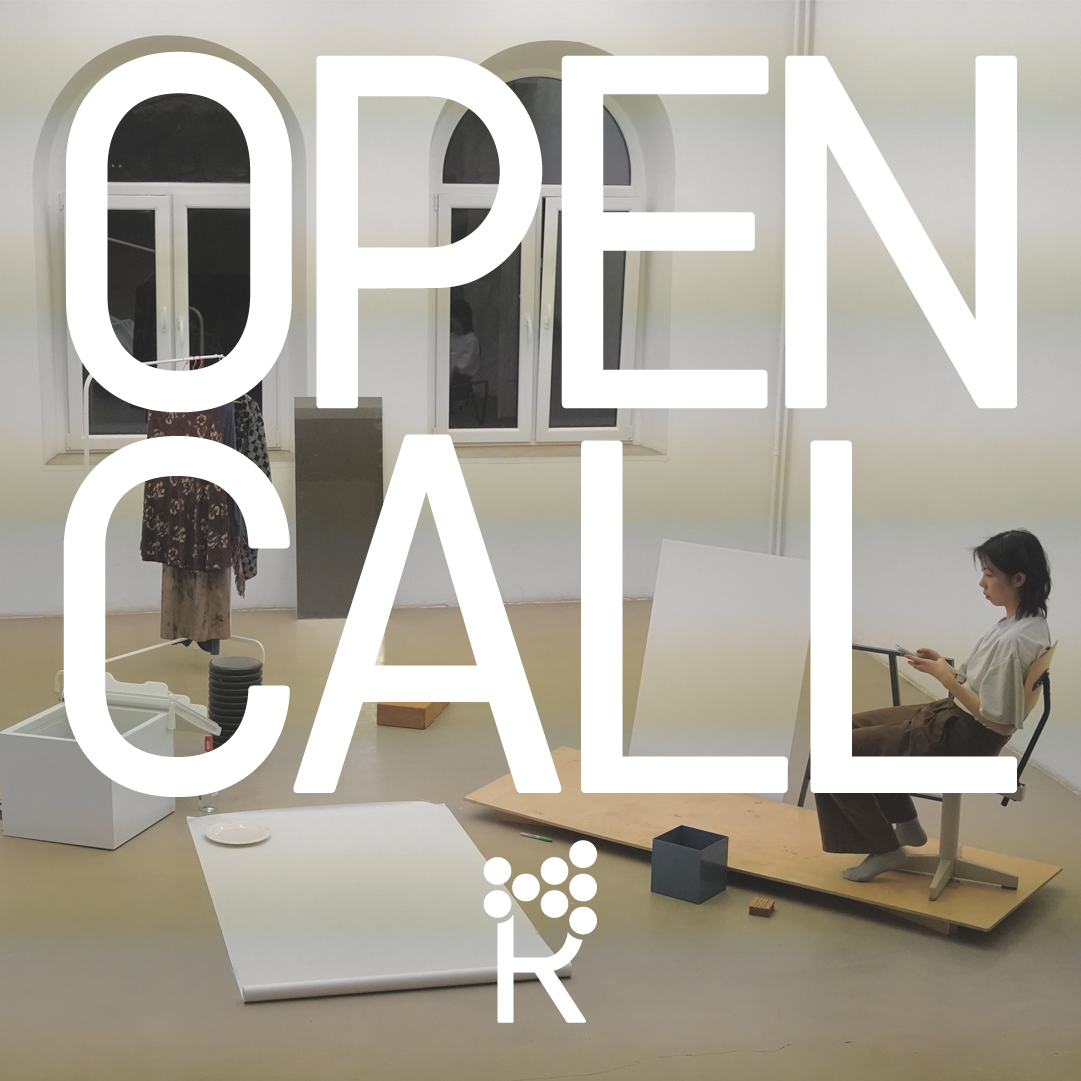Olga Temnikova, a gallerist, curator and co-founder of the Temnikova & Kasela Gallery in Tallinn in Estonia, envisioned the idea for the Esther Art Fair during the Covid-19 pandemic. She later teamed up to launch the fair with her fellow gallerist Margot Samel. Esther, which opened in May at the Estonian House in New York, features 26 galleries from around the world, including less often seen countries such as Estonia, Latvia, Georgia and Romania. The inclusion of artists from this part of Europe, with its Soviet past, brings a dynamic focus to the periphery at the centre of New York’s hip art scene.
Olga spoke about her experience with Esther and her artistic journey in a Zoom interview with Echo Gone Wrong. The interview was conducted by Shameema Binte Rahman.
SBR: You have attended numerous international art fairs, and you have just returned from the Liste Art Fair in Basel, Switzerland. As a co-founder of the Esther Art Fair in New York, which was highlighted by the media in May as an alternative art fair, can you share your insights into your experience, and describe the unique aspects of Esther compared to other art fairs?
Olga: We started working on Esther with the aim of doing something different. We even tried to avoid the term ‘art fair’, because we wanted to create a unique experience: we started calling it an exhibition. Our exhibitors are not the just gallerists. I wouldn’t even call them that in the context of Esther. I refer to them at Esther as colleagues, and it is definitely partly a communal project. I think that amid the rush of art fairs and market pressures, gallerists do not have enough time to analyse what they are doing, what the long-term vision of the development of the art scene is, and what upgrades might be needed in the current situation.
We thought of offering an additional platform for colleagues to exhibit slightly more experimental projects, to be together in the stimulating context of an intense fair week in Manhattan, and to relieve some of the pressure on gallerists by charging them a symbolic 1,500 US dollars. Esther has no booths, the architecture is very site-specific, and the space is quite different from traditional fair spaces.
Participants were selected subjectively by contacting our friends, who, coincidentally, happen to be very good gallerists running galleries on different scales in different parts of the world.
SBR: And Esther took place in New York …
Olga: New York is a very complicated place for an art fair. Personally, I have participated in every art fair in New York. I’ve participated in the Frieze, NADA, Armory, Independent and even Moving Images art fairs. All of them are great platforms, but it’s very hard for European galleries to make money, and even not to lose money, because of the very high additional travel and logistics cost.
We are a discovery-type gallery, so our price range is not so high. However, the USA is the biggest and one of the most educated markets, so we want to be there. We were trying to imagine what an effective and sustainable model could be.
SBR: I’m coming to the second question, but regarding the first question, I just want to know one thing. As you said, the alternative approach: what is this alternative approach? Is it a community approach, or something else that you just said?
Olga: Yeah, I would say it is. We wanted to do something pro bono for the community, and that was our impact. Margot and I worked for a few months without having much time to run our own businesses, but it was all worth it.
During Covid, I felt a strong desire to connect with other galleries and talk about common challenges. The IGA café calls hosted by the International Gallery Alliance on Zoom during Covid were very inspiring. I wanted to spend more time with my colleagues and create something meaningful.
SBR: So it was firstly from your calling to do something during Covid?
Olga: Yes, during Covid I realised that being together is very important. My gallery is off the beaten track, so that is something I miss. Margot can discuss problems and brainstorm with other gallerists as part of her daily routine in NYC, but it is not like that for me. Margot and I had slightly different motivations, but we both wanted to create something pressure-free and fun.
Also, from a collectors’ perspective, during fair week one goes to dinner with a gallerist who has just paid a minimum of 24,000 US dollars for participation in the fair, and 10,000 US dollars or more for accommodation and transport. You’re literally sitting with someone who needs to sell 68,000 US dollars’ worth in four days to cover the gallery’s expenses. How relaxing is this dinner?
SBR: OK. So charging a 1,500-dollar participation fee is also a unique thing, I assume?
Olga: Yes, it’s very unique, and almost impossible. But Estonian House, the venue, was very supportive of our event. They didn’t charge us much because we are members of this old private club, but also because we were doing our Estonian thing (laughs). They think that what we do is fun and professional. We also got some support from the Estonian Ministry of Culture.
SBR: How has your experience running Temnikova & Kasela influenced your approach to organising the Esther Art Fair? What inspired you to establish the Esther Art Fair, and what are your aims for it?
Olga: If one wants to play a big game, one needs to invest in networking. Art fairs are usually places to sell art, and they also claim to be places to network, but you really have no time because it’s so expensive. You need to just sell, sell, sell. So we wanted to create a place where you can sell without pressure, and definitely connect with your peers, collectors and institutions in New York, who are usually quite exciting people.
We were expecting 500 visitors, but ended up with 2,300, and they were all great people. The way it was promoted definitely spoke to professionals. We had quite a few sales and follow-up sales. With New York, it’s always a long shot. You meet a person, start talking, and you never know where and when it will take you. That’s why it’s great not to have too much pressure.
On a few evenings we had pretty wild music performances, followed by an Estonian-style invited dinner. The venue at the Estonian House has a café with traditional food, so we worked out the menu together with the resident chef. Galleries could invite their own guests, and also show them around the fair in a casual way after hours.
I think we succeeded in creating site-specific installations, which made it such fun. We didn’t hope to sell much, and in the end we did; we also got good exposure.
SBR: Why do you think the Esther Art Fair is important for Estonia and the Baltic countries?
Olga: Artists from our region have the same interests as anyone else. Initially, we wanted to include more galleries showing art from northern and Eastern Europe. Maybe we might go on with that in the future, but I think we had a good mix of everything: emerging, established, European and American.
SBR: Yeah, I mean, when it’s called Esther, it sounds as if it’s linked to Estonia. Will Esther promote more regional art on the global stage?
Olga: It does sound like Estonia or the East, yes. We didn’t consciously programme it towards the East, but we did invite another gallery from Estonia, Kogo, and the Latvian Kim?. Kauffman Repetto presented the artist duo Skuja Braden from Latvia and the USA. We had a Romanian gallery showing the Romanian Simona Runcan, London’s Seventeen showing the Hungarian Botond Keresztesi, the Russian-born Vladislav Markov with the New York gallery Management, and the Warsaw-New York Wschód gallery showing the American Anders Dickson.
SBR: Are there any current trends in the art world that particularly excite or concern you as an Estonian gallerist?
Olga: I think there are a couple of things. One is the general move towards the decentralisation of art and its approach, which was the core of the Venice Biennale this year (and many more exhibitions in the last twenty years). This means trying to depict narratives other than the European art narrative.
We’ve seen this happening for decades. Coming from Estonia, our art looks and feels different. We deal with different problems and come from a different context, slightly attached to the European narrative, but not fully because of our history.
SBR: Completely, yeah. That’s the identity, isn’t it? That’s the point where it differs.
Olga: Yes, the colonial past and the fact that we were occupied by Denmark, Germany and Russia make our art different. These days I don’t feel provincial any more. This decentralisation trend is setting in, and it’s beautiful. We have been working towards this for years, and there is a lot of work lying ahead.
Another trend is maybe abstract art coming back. Also, the inclusion of crafts like textiles and ceramics, which were historically considered female mediums. There is no longer a lot of subordination of fine art and design. And of course, not only females are using these mediums these days.
SBR: Thank you, Olga, for your time.
